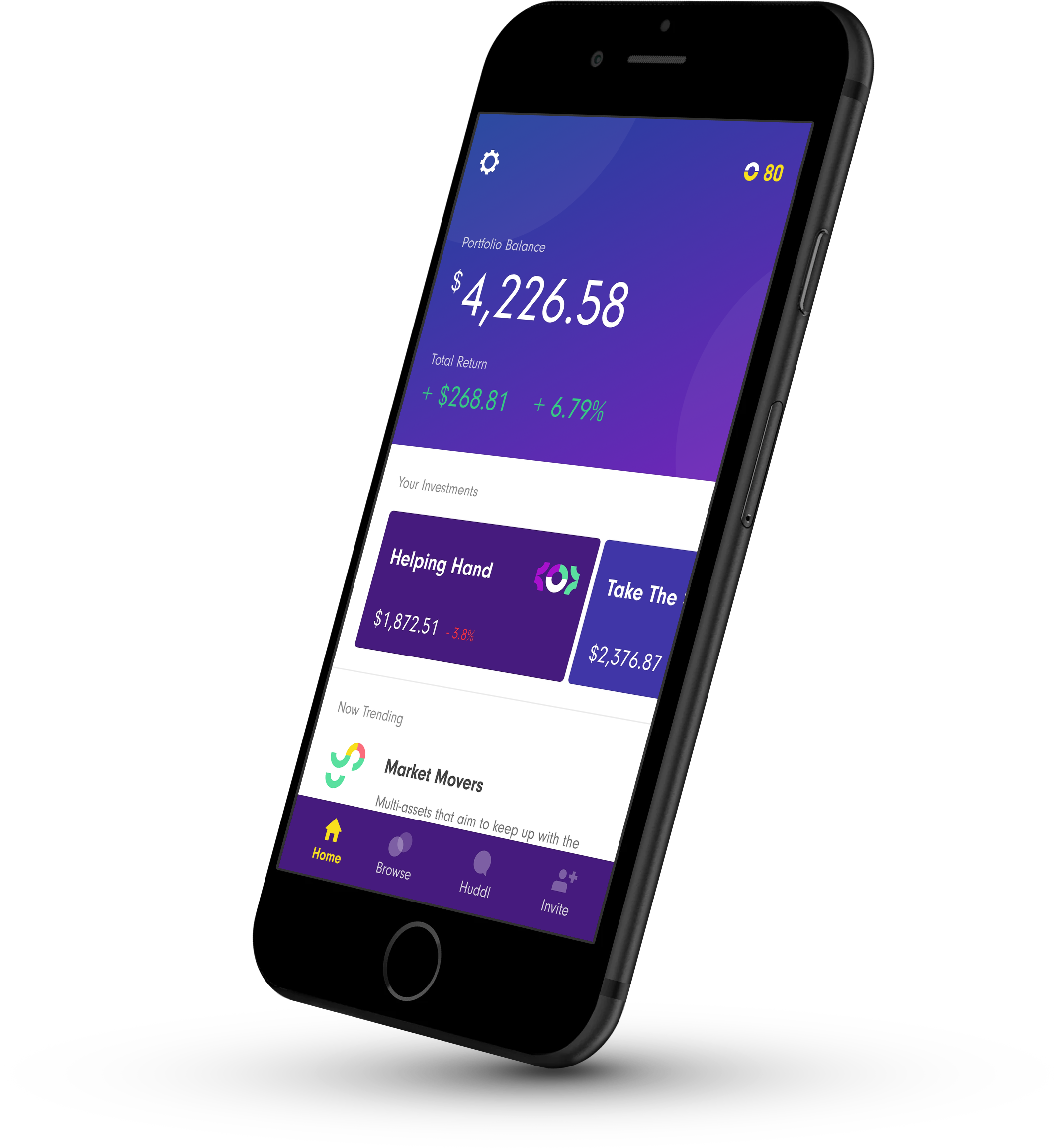U.S. Bank’s Venturo sees 5G as ‘enabler’ for IoT innovation
Dominic Venturo, executive vice president and chief innovation officer at U.S. Bank, said 5G cellular network technology can be the catalyst that will bring more internet-of-things (IoT) applications into the banking world.
The focus of the innovation group at U.S. Bank is the future, Venturo said, and its strategy begins with parsing through behavioral, societal and technology trends in search of “areas of convergence” where the bank can tackle real-world problems. Working with different lines of business within the bank and with outside partners, his team brings products and services from the innovation lab all the way to production and commercialization.

An industry veteran with 25-plus years of banking experience, Venturo will participate in a fireside chat at Bank Innovation Build 2019, this website’s event on best practices in banking innovation. The event will take place Nov. 6-7 at Atlanta’s W Hotel Downtown. (Register here.)
In an interview with Bank Innovation, Venturo talked about how U.S. Bank, the nation’s fifth-largest retail bank, approaches innovation. An edited version of that conversation follows.
What role does the innovation group play in the bank?
Our innovation group is central — it’s an enterprise function — and we support the business units and our internal partners, like our technology organization. We have applied research and development, for instance, and we focus on some specific technologies where domain expertise is required, like with distributed ledger or blockchain; artificial intelligence and machine learning; emerging payments and technologies; and IoT.
We also partner with the fintech community. This methodology allows us to work with incubators around the country as well as the venture community, which helps us look at hundreds if not thousands of companies that may have a product, feature, platform or capability that meets a need that we have somewhere within the company, or within our innovation objectives.
We also run an internal idea platform, where we invite employees to contribute ideas or to define challenges. One way is through fielding suggestions, and the other is defining a particular challenge and asking a targeted group of employees to share their best ideas against this challenge. We find the latter tends to work much better.
Additionally, we run an innovator-in-residence program, which is an intense on-the-job innovation training program. These innovator-in-residence folks come to us with executive sponsorship from their lines of business, and we work with them for a number of weeks. The end result of that can lead to a brand new product. One such product is our corporate payment system, Expense Wizard, which we announced within the last month.
When are we going to see more applications for IoT in banking?
I would watch what’s happening with the emergence of 5G, which is in its very early days I admit. But not too far into the future, when the internet is like air and it’s everywhere — it’s always on, it’s always connected and it’s low to zero latency — then a lot of doors that have been restricted technologically will be unlocked. This will enable things to do business on our behalf; to streamline information sharing and exchange; to manage privacy; and a whole bunch of other things.
So, do you think 5G can be a game changer?
It has some issues, the biggest of which is it doesn’t penetrate things very well. It doesn’t traverse buildings and walls. Right now, 5G is really great for line-of-sight communication or when you’re outdoors or in stadiums, but if you’re inside of a building, it’s a bit more challenging. That’s a technical problem that will get solved.
The difference between 5G speed and 4G speed is multiples, maybe even exponential, but the latency difference is a really big point. For example, a drone that’s shooting video footage is creating something like a terabyte of data an hour. You can’t transport that over 4G. It would take you days to just get it uploaded, but 5G has the ability to transfer that kind of data at zero-latency speed. That means you can move to compute-to-the-cloud instead of on the edge. This matters because internet of things can be dumber devices — they don’t need to be as smart — and the reason is that I can do the computing in the cloud. However, it doesn’t do me any good to compute in the cloud if my network isn’t zero latent and super fast.
I think 5G is the enabler. In the future, when you have devices that can talk to each other in real time, they can negotiate things in real time. Imagine if I could negotiate with your self-driving car to get out of the way so that I can pass it. That might be worth me paying a little bit of an economic price so that I can get where I’m trying to go, but you can’t do that without high-speed, zero latency, identity and other things that can come with 5G.
What technologies or areas of innovation are you most excited about right now?
I’m very interested in how we’re going to manage identity in a fully digital world, so you could call that digital-identity-as-a-service. There’s some technology involved, clearly, but it’s more around the fact that it’s a really complicated problem. That’s an area of focus that has been on our agenda for a number of years now, and it hasn’t been solved by the banking industry, for sure, yet.
Join us in Atlanta for Bank Innovation Build 2019. Click here for more information.












